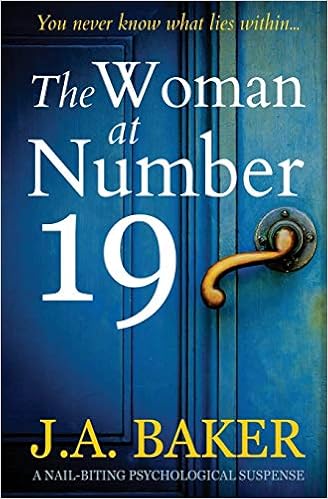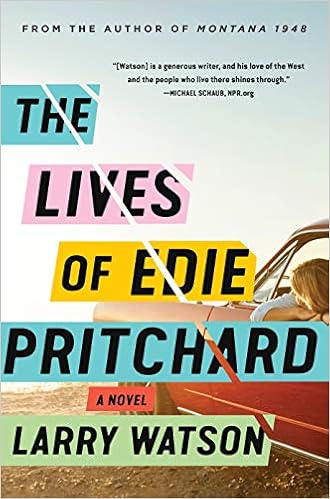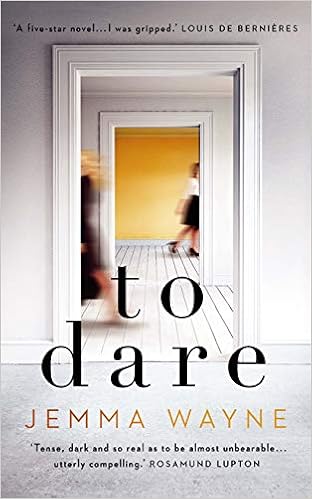This book is narrated from four perspectives: Lil, Frank, Shelley, and Harvey. Lil is trying to make sense of her life and is determined to leave a history for her children, so she sifts through letters, notes and diary entries to write the family story for Becca and Jeff. She reveals some family secrets, mostly involving her husband Frank. Frank wants to revisit his boyhood home and check out the root cellar to see if what he left there remains. Shelley is the single mother who lives in Frank’s boyhood home; she is stressed because of her work as a court stenographer and because of her son Harvey whose over-active imagination causes difficulties with his peers.
This is not a light read. Death
permeates the novel. Frank is obsessed
with “the myths of death and all the ancient beliefs of the afterlife.” He is also pre-occupied with hastening (“hastening
the inevitable while it’s all still in our control”) and proposes that he and
Lil die together since they’re experiencing only “some pale imitation of
living.” Lil, therefore, worries about
Frank’s plans whenever he leaves the house.
Shelley seems to be running from ghosts in her past while listening to the
details of a homicide case, and her young son is fixated on ghosts and serial
killers.
Tragic deaths also overshadow the lives of characters. Lil lost her mother in a fire, and Frank lost
his father in a train accident. When
they first met, it is these childhood tragedies that brought them
together. Both still struggle with
trying to remember and understand these parents they lost. Both repeatedly think about their last day: Lil wonders who was with her mother at the
night club the night of the fire and Frank wonders whether his father’s last
moments were really like his mother remembered.
A major theme is the inability to fully understand our parents. Lil writes to her children, “As parents, we
pack your bags and strap them to your little backs before you are even old enough
to carry them, and then you have to spend the rest of your life unpacking and
figuring it all out.” And sometimes parents
keep secrets from their children or lie to protect them; this is certainly
Shelley’s parenting technique. Another
theme is the connections between past and present: “We all are haunted by something – something we
did or didn’t do – and the passing years either add to the weight or diminish
it.”
The narrative feels scattered because it moves among characters and back
and forth in time. Events are mentioned
but then not detailed until later. This
rambling structure is appropriate because it imitates how memories work. Unfortunately, I found this structure
frustrating. Lil and Frank’s stories
were interesting but Shelley’s much less so.
Harvey’s perspective was often just confusing. The characters are connected through Frank’s childhood
home, but there seemed to be a lack of cohesion among the four stories. In the end, however, I just didn’t care to
spend time analyzing what I’d read.
Perhaps I read the book at the wrong time because it didn’t have the
impact on me I initially expected. I
kept thinking I should be enjoying the novel more than I was; more than once, I
found myself wishing it would move on from being a slow burn. There is substance but little impression of a
unified whole. The title is very
appropriate because reading the book sometimes felt like trying to make sense
of enigmatic symbols.
Note: I received a digital
galley from the publisher via NetGalley.







